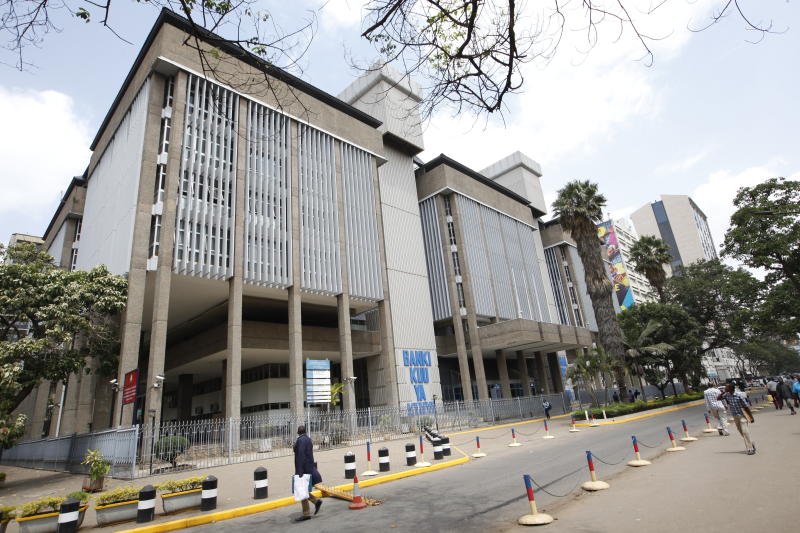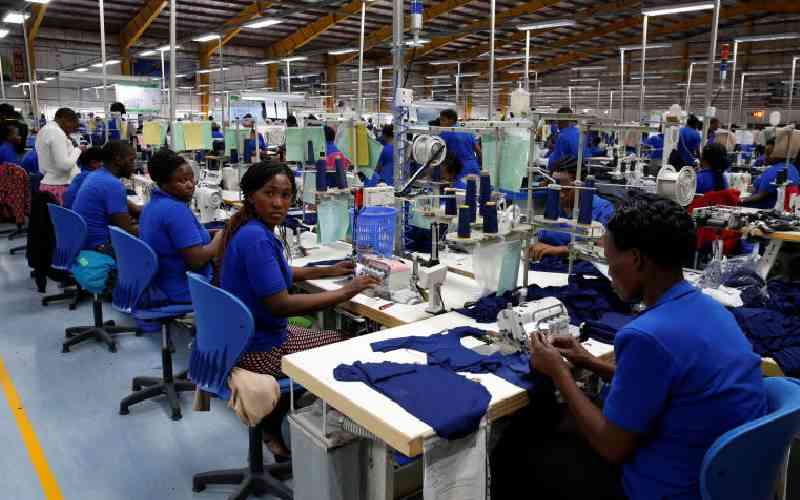×
The Standard e-Paper
Join Thousands Daily

A sizeable chunk of Kenya’s wealth was moved to foreign banks last year in a bid by the rich to safeguard their assets amid the ravages of Covid-19.
This saw the banks more than double their dollar holdings in 2020.







